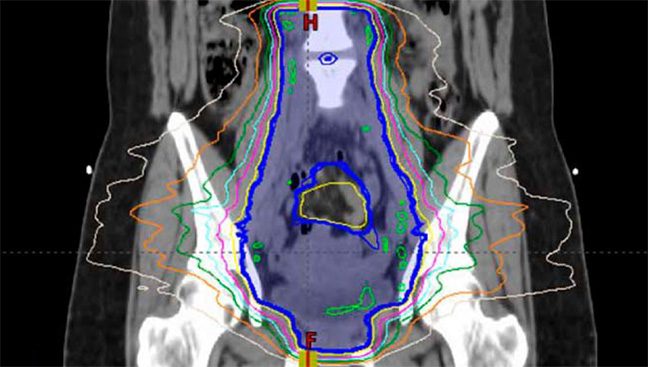News
Featured Articles
Our experts share the vision of IDSO and the advanced, data-driven approaches to cancer care and research.
3 things to know about AI and cancer care
Advancing cancer surgery through data science
What does a data scientist do?
Related Articles and News
MD Anderson News Releases
-
MD Anderson’s Institute for Data Science in Oncology establishes internal advisory council to maximize impact
June 2024
-
MD Anderson’s Institute for Data Science in Oncology announces appointment of inaugural IDSO Affiliates
March 2024
-
MD Anderson, TACC and the Oden Institute announce funding for the next round of collaborative cancer research projects
December 2023
-
Collaboration on Data and Computational Sciences Announces Next Round of Projects to Advance Cancer Breakthroughs
November 2021
-
MD Anderson advances data collaboration through technology agreement with Syntropy
April 2021
-
MD Anderson and UT Austin collaboration to end cancer welcomed enthusiastically by state and federal stakeholders
November 2020
Articles
-

Getting to know Chief Data Officer Caroline Chung, M.D.
MD Anderson (Cancerwise)
-
"Cancer Needs a robust 'metadata supply chain' to realize the promise of artificial intelligence"
Elsevier Pure
-

"35 chief digital officers of health systems to know | 2022"
Becker's Hospital Review
-

"MD Anderson researchers harness AI to transform cancer care"
NVIDIA
-
"MD Anderson launches $100M data science institute"
Becker's Hospital Review
-
"MD Anderson names first chief data officer"
Modern Healthcare
-

"Realizing the power of data science to advance cancer research and cancer care"
MD Anderson (Cancerwise)
MD Anderson News
The MD Anderson Newsroom provides information about studies and findings from our cancer researchers.





